How to clean a Dyson filter to keep your vacuum cleaner, air purifier and fan in working order
When was the last time you cleaned your Dyson filter?
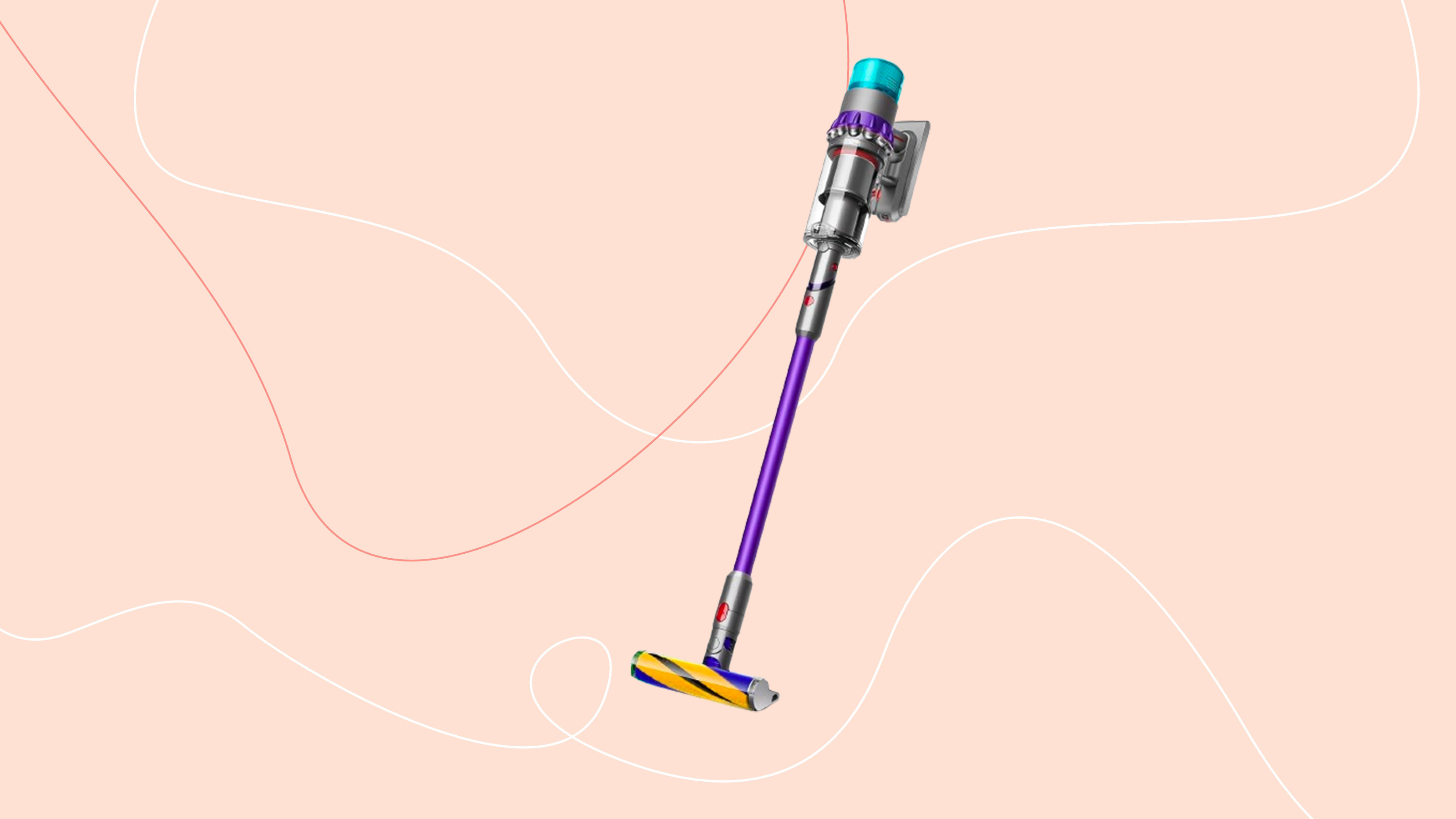

If you’ve taken the plunge and invested in a Dyson product, we’re going to assume that you want to get the most out of your money. And if you want to keep your appliances in full working order, you need to know how to clean a Dyson filter.
It’s easy to think that the things that do the cleaning for you - such as the best vacuum cleaners and the best air purifiers - don’t need to be cleaned themselves. But when you think about it, these appliances are responsible for removing everything from your pet’s hairballs to the toxins in the air, so they need cleaning more than most.
As many of the best Dyson products on the market rely on filters to clean your home, these are the parts that you need to give the most attention. But how do you clean a Dyson filter? Well, it depends on what appliance you want to clean.
How to clean a Dyson filter
Whether you’re looking to give your Dyson vacuum cleaner, your air purifier, or your hairdryer some TLC, the method to cleaning the filter will vary. Below, we’ve put together all of the information you need to know about these appliances and how to clean the Dyson filters within them.
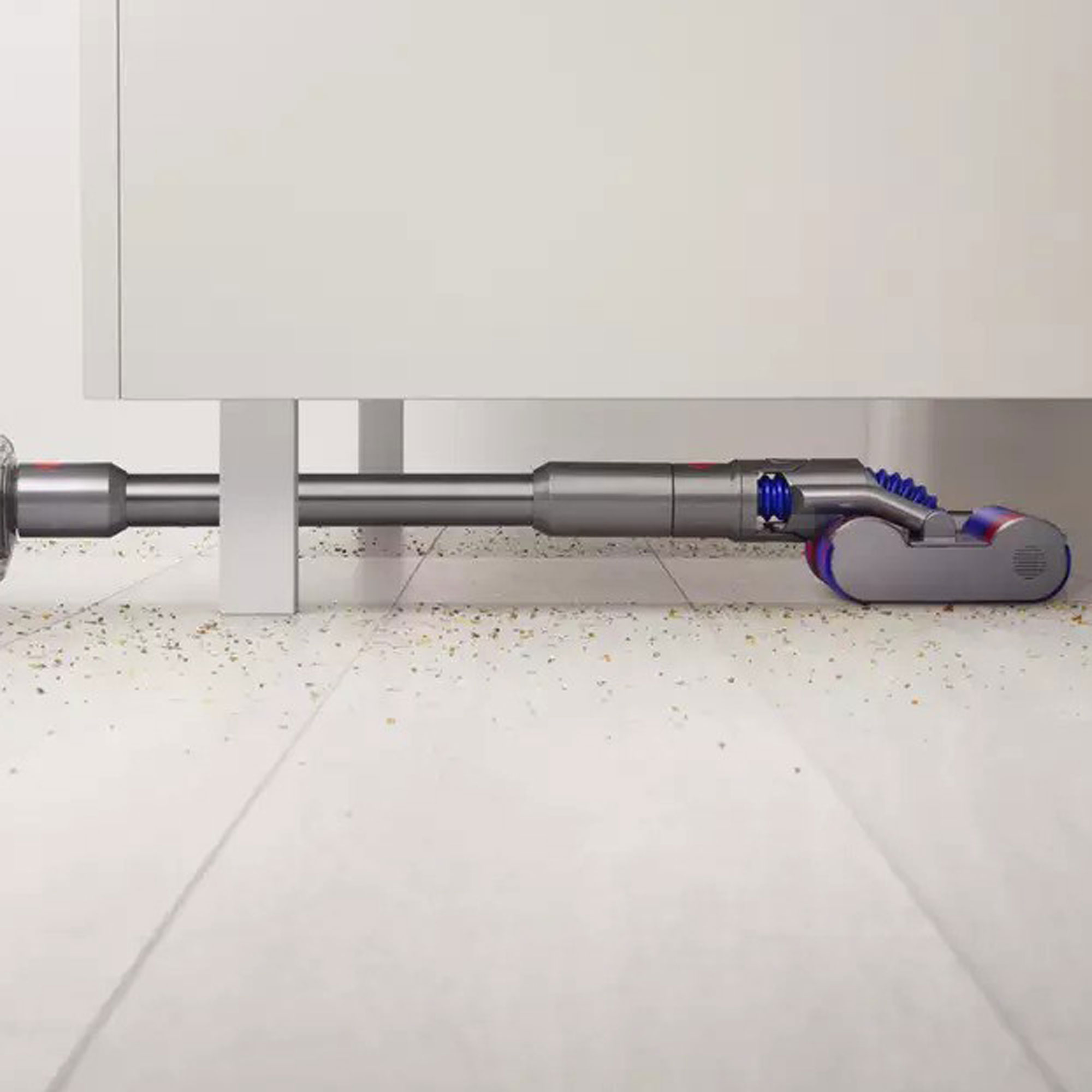
How to clean a Dyson vacuum cleaner filter
Cleaning your Dyson vacuum cleaner filter should be at the top of your priority list. After all, a build-up of sometimes microscopic dust particles can drastically reduce your vacuum cleaner’s capabilities - and you may be left a little underwhelmed.
However, most of the time, cleaning your Dyson vacuum cleaner filter will solve all of your suction problems. And doing so couldn’t be simpler.
Tim Hunter, Senior Mechanical Engineer (Floorcare) at Dyson, says, ‘Dyson vacuum cleaners are easy to use and look after, and we suggest cleaning your filter once a month for maximum efficiency of your machine. The latest cord-free machines, such as the Dyson Gen5detect feature an LCD screen which will notify you when your filter should be cleaned, showcasing a diagram of how to remove and clean your filter.’
When it’s time to clean your Dyson filter, follow the steps below:
1. Unplug or turn off your Dyson vacuum
This first step will depend on whether you’ve bought one of the best cordless vacuum cleaners or opted for a corded Dyson. Whatever the case, you need to make sure that your Dyson vacuum cleaner is not turned on in any capacity.
This means either unplugging it from the wall or just turning it off. To make doubly sure your cordless vacuum is turned off, you could even remove the battery throughout the cleaning process.
2. Remove the filter
Many vacuum brands choose to hide their filters in the depths of the appliance, and it can often be hard to spot. But Dyson has taken the guesswork out of this process, as the filter on a Dyson vacuum cleaner is always a purple colour.
The exact location will depend on the model you have, so always check your instruction manual if you can’t find it. But when you find the filter, you can then twist the filter and pull it out.
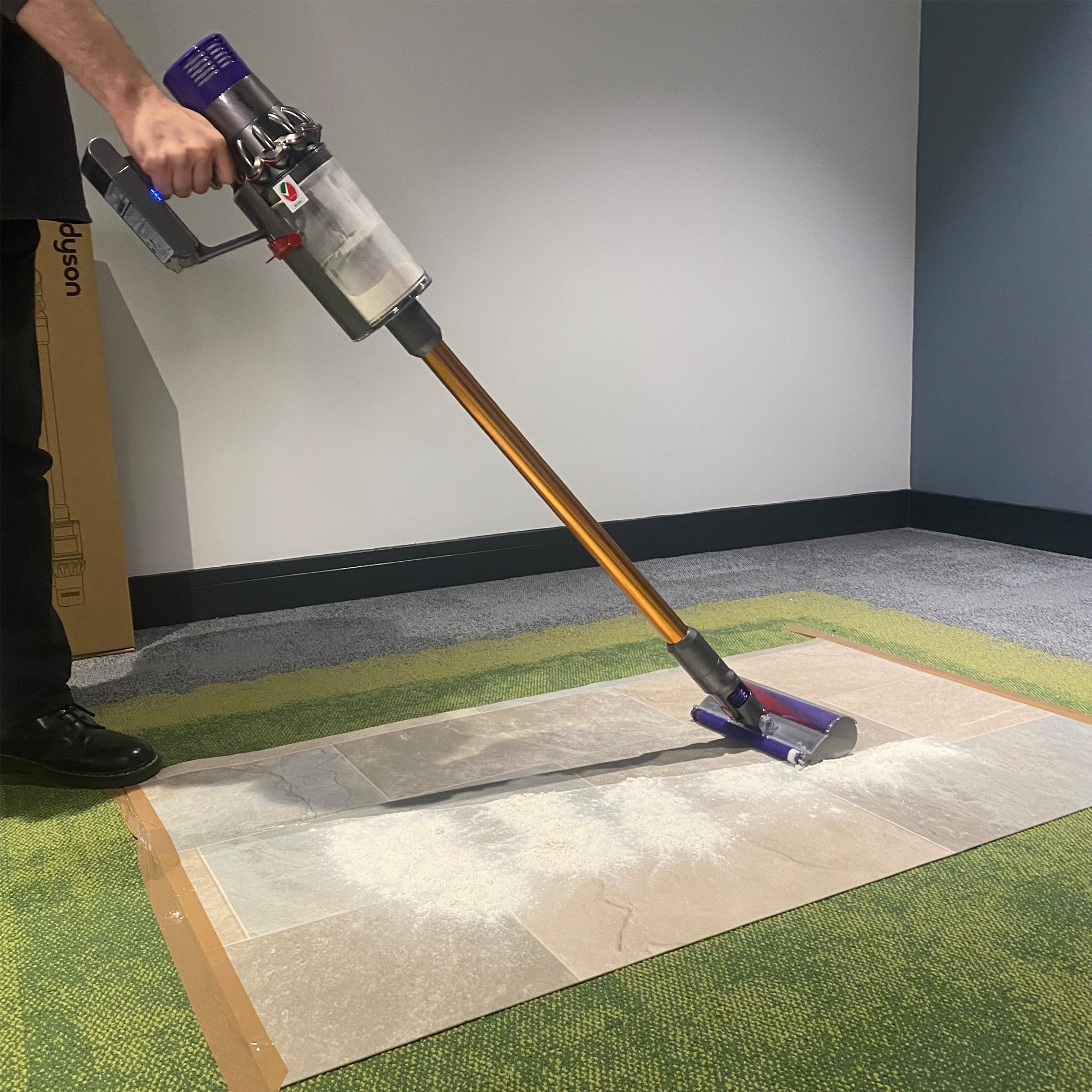
3. Tap to remove excess dust
When you’ve got the filter in your hands, it's best to make your way over to your bin or your sink, as this next step can get pretty messy.
Then, tap your filter on the side of your bin or sink to dislodge any big chunks of dust or fluff.
4. Rinse the filter under water
Although tapping your filter will remove the larger chunks of dust, it’s highly likely that the filter will still be full of smaller particles that need an extra push.
To do this, rinse the filter under cold water and use your fingers to give it a scrub. As an extra step, you could also put one hand on the end of the filter and fill it with water. Then, put your hand on the other end and shake it like a cocktail!
For this step, it’s vital you don’t use any detergents or cleaning products.
5. Leave to dry
When the water is running clear, and you’re confident that the filter is as clean as can be, you then need to let it air dry.
Mitchell Brown, CEO of PHC Vacuum Service, says, ‘The filter MUST be completely dry before placing it back in the machine, or this can cause damage to the vacuum.’
Because of this, Dyson suggests waiting a full 24 hours before reassembling.
How to clean a Dyson air purifier filter
While there are many air purifying plants that can help to remove toxins from your home, nothing will ever come close to an actual air purifier - and Dyson is considered to be one of the best brands for this home appliance.
However, cleaning a Dyson air purifier is a little different to cleaning a Dyson vacuum cleaner. That’s because Dyson recommends replacing the filter rather than cleaning it.
The Dyson website explains, ‘Air purifiers help improve indoor air quality by trapping dust, allergens, and other visible and microscopic particles floating around your home. In order for your air purifier to work properly, it needs a filter replacement on a regular basis.’
In fact, they suggest replacing your filter every 12 months to ensure your air purifier continues to work to the best of its ability. You don’t need to put a reminder on your calendar for this task, though. Most Dyson air purifiers will alert you when a filter change is required, either by alerting you on the appliance itself or on the Dyson app.
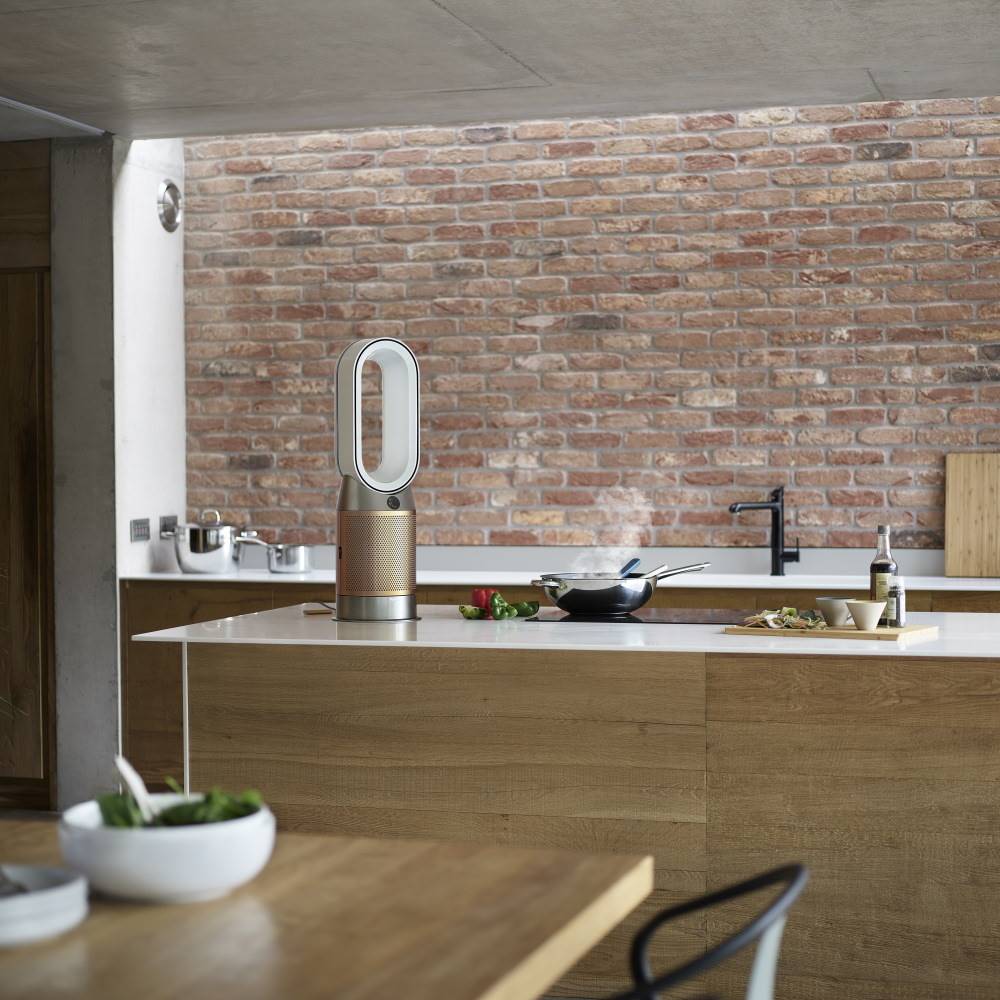
The exact replacement filter you need to buy will be dependent on the air purifier you have, but we can understand that buying rather than cleaning can be off-putting for those tightening their purse strings. Especially if you also have one of the best fans or heaters that also contain an air-purifying filter.
And while some people online have found success in using a vacuum cleaner and a delicate accessory tool to suck up the dust from the filter or even rinsing the filter under water, it’s important to note that this is not recommended by Dyson.
In fact, if your air purifier requires a HEPA filter, you may damage the delicate glass-based fibres within the filter if you choose these DIY methods.
How to clean a Dyson hair dryer filter
While Dyson thrives in the vacuum and air purifier world, it’s safe to say that it has also made its mark in the haircare world. But when was the last time you cleaned the filter in your Dyson hair dryer?
Whether you have the Dyson AirWrap or the Dyson Supersonic , you still need to clean your filter on a regular basis - but this will depend on how much you use it.
The best way to check whether it needs a clean is to inspect it. In an ideal world, you should be able to see through the holes in the filter cage. If not, you have a problem.
Dyson says, ‘It’s important to clean your filter regularly. This protects your hair dryer's internal components from styling products, clippings and dust, which can prevent your hair dryer from performing as it should.’
Make sure you check the specific instructions of the model you have, but to clean a Dyson AirWrap (which has a similar make-up to many of the other haircare models), you should:
1. Use the filter cleaner to clean the outer cage
One of the best things about Dyson products is that you always get what you need. And when you buy an AirWrap, a filter cleaner brush will be included.
To begin the cleaning process, you could place this cleaning brush around the filter cage at the bottom of the hair dryer and move it from side to side to dislodge the dust in the cage.
You should be able to see the difference visibly. If you can’t, you might need to repeat this process.
2. Remove the filter cage
When you’ve done that, pinch the silver dots on either side of the filter cage and slide the cage away from the appliance. You can then unclip it to remove it.
3. Rinse under water and leave to dry
With the filter cage in your hands, you can then rinse the whole thing under cold water. The filter cage is very delicate, so be sure not to use any extra tools or cleaning products for this step.
You should then leave it to air dry. For best results, leave to dry for at least 24 hours.
4. Brush under the filter cage
While the filter cage is drying, you can then use the brush to get off any remaining dust or debris on the appliance underneath the filter cage. It’s unlikely that this will be too dirty, but it’s still worth a brush with the filter cleaning brush or your fingers.
5. Reassemble
After 24 hours, when the filter cage is bone dry, you can then reassemble your hair appliance. When you’ve done this, you can use it immediately.
Just remember to keep an eye on the filter cage and repeat this process when you see it’s dusty or you notice the performance of your appliance starts to dwindle.
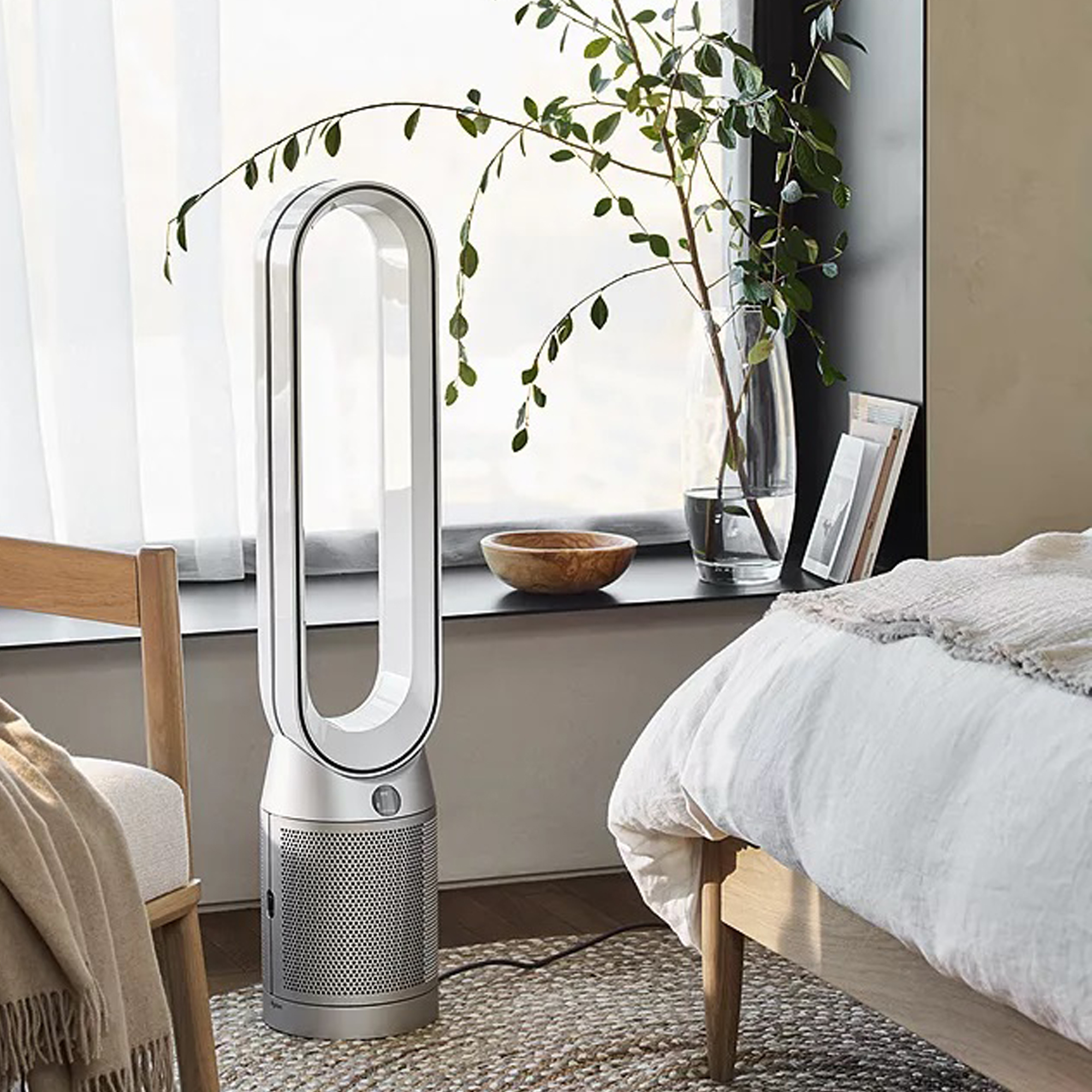
Why you should clean your Dyson filters
Knowing how to clean a Dyson filter is all well and good, but it’s also essential to understand why this job is so essential. Well, there’s a few reasons for this:
Improved performance: Karl Bantleman, Head of Digital at Direct365 explains, ‘A clean Dyson filter ensures that your appliance is performing as efficiently as possible and at its best capacity. Clogged up filters can result in appliances overworking and, in turn, run a risk of overheating and potential fire hazards.’
Improved health: Dyson filters are designed to catch all of the dust particles and allergens that you don’t want floating around your home. But having them clogged up in your appliance’s filter is still just as bad as having them out in the open. Cleaning the filter regularly will ensure that all of these toxins are out of your home for good.
Improved energy efficiency: If you’re looking to save energy at home, maintaining your appliances is the best way to do that. And Karl says, ‘Something as simple as ensuring that your fans, heaters, purifiers, and vacuum cleaners have a clean filter will reduce the energy required to operate the Dyson appliance, therefore reducing electricity bills and contributing to a lower carbon footprint.’
Maintains warranty: Although Dyson offers a 2-year warranty on all of their products, the brand is very upfront about the exceptions to this rule. The website says that ‘Normal wear and tear, including parts that might wear out over time’ is not covered by the warranty, which means that not cleaning your filters as recommended could invalidate your warranty. Of course, this is determined on a case-by-case basis.
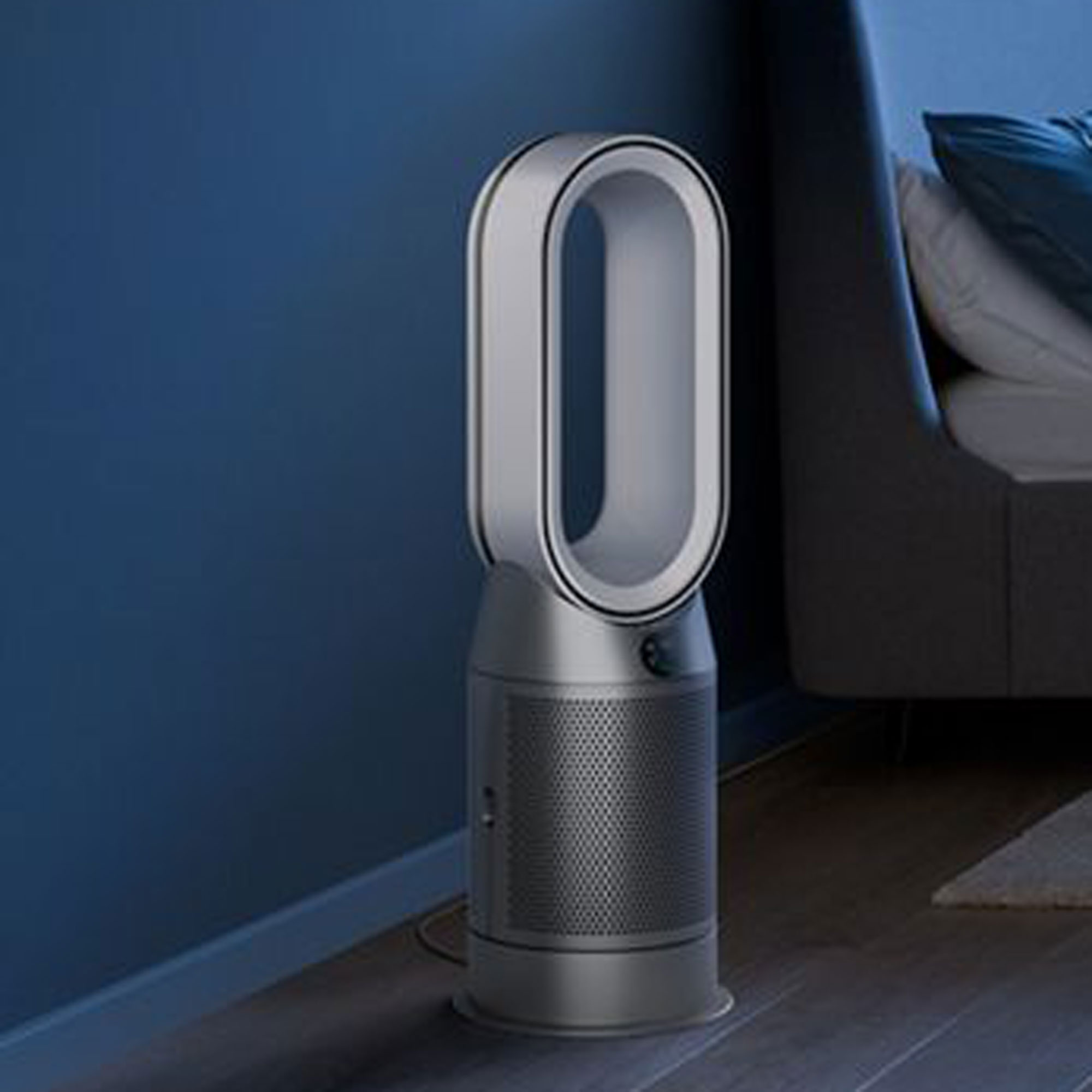
FAQs
How do you clean the filter on a Dyson vacuum?
One of the best things about a Dyson vacuum cleaner is that you don’t have to replace the filters like you do with a Dyson air purifier. Instead, you can simply clean it yourself.
All you have to do is remove it from the vacuum cleaner, tap it over a bin or kitchen sink to remove any large dust balls, and then run it under a cold tap to dislodge the remaining particles.
You should never use any soaps or detergents when cleaning a Dyson vacuum filter, and you also need to make sure that the filter is completely dry before putting it back into the vacuum.
Although this can be fiddly, it’s something everyone with a Dyson vacuum should know how to to.
Joshua Warren, floorcare expert at AO.com, says, ‘Washing your filters is an important task you should be doing. Over time, as your vacuum cleaner is used, the filter can become clogged up with dust, debris and pet hair. This can lead to reduced suction power, meaning your vacuum becomes ineffective at cleaning your floors.’
‘By removing and cleaning your vacuum’s filter, you’ll maintain your appliance efficiency and performance, along with minimising any wear and tear this appliance may face.’
How often should you wash Dyson filters?
This all depends on what Dyson appliance you’re talking about. If you are cleaning a Dyson vacuum cleaner, you should wash this the filter at least once a month to ensure it stays in good working order.
If you want to clean the filter in one of their hair care products, this will depend on how often you use the appliance. Generally, it’s good practice to do this at least once a month, but if you don’t use it very often you might be able to get away with cleaning the filter every few months.
Unfortunately, it’s not recommended to wash the filters of a Dyson air purifier. Instead, you should replace it when prompted by the appliance or your app.
Now you know how to clean a Dyson filter, it’s time to get started!
Get the Ideal Home Newsletter
Sign up to our newsletter for style and decor inspiration, house makeovers, project advice and more.

Lauren Bradbury has been the Content Editor for the House Manual section since January 2025 but worked with the team as a freelancer for a year and a half before that. She graduated with a Bachelor’s degree in English and Creative Writing from the University of Chichester in 2016. Then, she dipped her toe into the world of content writing, primarily focusing on home content. After years of agency work, she decided to take the plunge and become a full-time freelancer for online publications, including Real Homes and Ideal Home, before taking on this permanent role. Now, she spends her days searching for the best decluttering and cleaning hacks and creating handy how-to guides for homeowners and renters alike, as well as testing vacuums as part of her role as the Ideal Home Certified Expert in Training on Vacuums, having spent over 110 hours testing different vacuum models to date!
-
 The one-year decluttering method is the key to clearing garden clutter this bank holiday – experts say it’s one of the simplest approaches
The one-year decluttering method is the key to clearing garden clutter this bank holiday – experts say it’s one of the simplest approachesBanish garden clutter with this simple and effective method
By Kezia Reynolds
-
 'We were keen to buy a small country retreat to escape to'
'We were keen to buy a small country retreat to escape to'This Devon cottage has brought balance and calm to the owners' busy working lives
By Marisha Taylor
-
 Find out how much a party wall surveyor costs now to avoid any nasty surprises later
Find out how much a party wall surveyor costs now to avoid any nasty surprises laterIn some cases, hiring a party wall surveyor will be unavoidable – our guide explains how much to set aside for their services
By Natasha Brinsmead